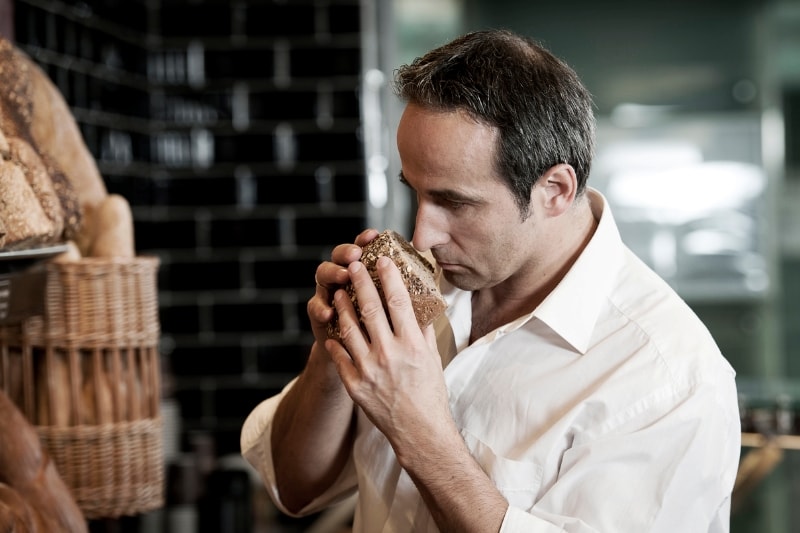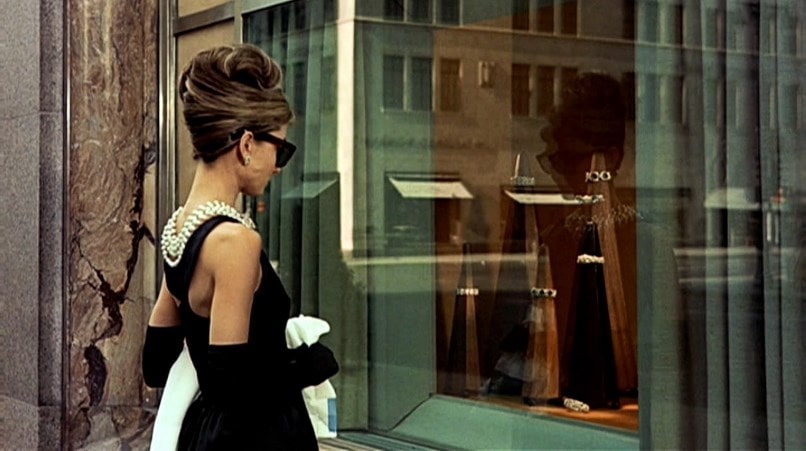Сенсорный маркетинг – мода или реальный инструмент продаж?
Сенсорный маркетинг подразумевает влияние на ощущения покупателей посредством воздействия на их органы чувств. В настоящее время активно разрабатываются и применяются три сенсорных точки воздействия: обоняние, тактильные ощущения и слух.

Звук
Сегодня редко встречаются торговые точки без звукового сопровождения. В большинстве магазинов присутствует определенного вида музыка, необходимая не только для устранения чувства гробовой тишины, но и для непосредственного воздействия на подсознание покупателя. В зависимости от ритмов, инструментов, настроения, посетитель может либо дольше задержаться, либо быстрее определиться с выбором.
Чувство комфорта, ненавязчивости и заботы вызываются именно посредством выбора правильной композиции. Музыкальное сопровождение напрямую зависит от товара, потенциальных потребителей и целей владельцев.
Помимо создания атмосферы, необходимо учитывать естественные звуки: шум улицы, цокот каблуков, работу техники, громкость голосов. Пустое помещение создает эффект эха, что в свою очередь вызывает негативные эмоции. При расстановке стеллажей и аппаратуры необходимо учитывать особенности прохождения звука и обеспечить максимальное его поглощение. Это поможет покупателям спокойно переговариваться между собой и с консультантами, не мешая друг другу.
Было замечено, что женщины не переносят звука цокота собственных каблуков. Учитывая такую особенность, нужно использовать напольное покрытие, нейтрализующее цокот и не цепляющееся за шпильки.
Одна из тактических ошибок – оставлять выбор композиции на консультантов и продавцов. Личные предпочтения в музыке не в состоянии обеспечить наплыв посетителей или увеличить продажи.
Аромат
Запах – мощное и самое недооцененное оружие маркетинга. Он напрямую влияет на нервную систему человека, вызывая из памяти определенные ассоциации. В Европе и США арома-маркетинг применяется долгие годы в подавляющем большинстве сбытовых организаций. В странах СНГ процент предпринимателей, использующих аромат в целях маркетинга, составляет порядка 2%.
Сила аромата заключается в скорости и масштабности его влияния. Достаточно единожды вдохнуть, и в течение доли секунд в памяти человека всплывает ситуация, ассоциирующаяся с этим запахом, а вслед за ней – соответствующие эмоции. Таким образом, благодаря одному вдоху, клиент может испытать бурную радость, впасть в уныние, почувствовать себя властителем мира. Кроме ассоциаций с реальными событиями, существуют те, что навязаны социумом. Определенные ароматы связаны с изысканностью, шиком, лоском и достатком.
Пример использования сенсорного маркетинга
Один из примеров ассоциативного восприятия – моющие средства от компании Procter&Gamble, которая запустила на российском рынке серию чистящих средств с природными ароматами. Спрос на них отсутствовал, так как у граждан РФ была четкая ассоциация – хорошо отмывает только хлор. Запах морского бриза не обеспечивал уверенность в качестве продукции. Только после изменения этого пункта она стала пользоваться спросом.
Еще одна особенность запахов – они надолго и прочно остаются в памяти. Если человек один раз пользовался товаром с определенным ароматом, и тот его устроил, при последующей «встрече» с тем же признаком он будет уверен в качестве своей покупки, ориентируясь на прошлые воспоминания.
Ароматы существенно влияют на психику и способны ввести клиента в определенное состояние, при котором ему захочется совершить покупку, остаться в магазине дольше либо порекомендовать точку своим друзьям и знакомым. Человек устроен таким образом, что, испытывая нечто положительное, он стремится похвастаться этим ближнему. Если после посещения салона обуви, у женщины остались приятные и запоминающиеся ощущения, она наверняка расскажет об этом своей подруге.
Многие раскрученные бренды используют запах не только с целью влияния на продажи. В большей степени они применяют методику для создания имиджа. В данном случае запах выступает показателем лоска, престижа. Состоятельные личности гонятся не только за качеством, но и за статусом, а запах – неотъемлемая часть образа.
Тактильные ощущения
При выборе товара потребитель представляет себя со своей покупкой. Если ощущения ему приятны – он направится к кассе. Кроме того, на выбор и решимость прикоснуться к товару влияют внешние факторы: оборудование (стеллажи, пуфики), занавески в примерочной.
Дерево вызывает чувство уюта и комфорта, предрасполагает к контакту. Этот материал желательно использовать в тех случаях, когда товар можно и нужно взять в руки. Металл и стекло используется, когда необходимо создать у покупателя чувство запрета – товар руками не трогать. Лучше воздействовать на психику, чем вещать таблички и заставлять консультанта отгонять каждого клиента.
Сенсорный маркетинг не имеет четких цифровых данных, показывающих его эффективность, особенно в короткие сроки. Данный подраздел маркетинга направлен на подсознание покупателей и создание имиджа марки. Реальный результат можно наблюдать лишь спустя несколько сезонов.
Эксперт в области интернет-маркетинга. Руководитель маркетингового агентства MAVR.
Бизнес-степень «Мастер делового администрирования» (MBA).



